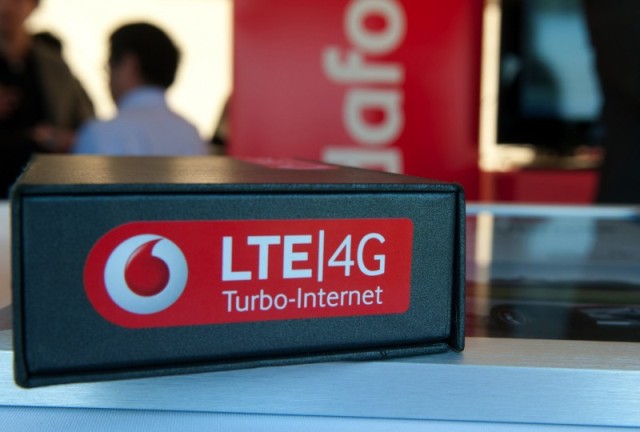60 percent growth in data usage in Q1 fiscal 2014 at Vodafone Group was the result of the telecom operator’s highly focused strategies on 4G and smartphones.
Vodafone group invested in high speed mobile data coverage. As a result, data business represents 18 percent of service revenue.
Vodafone Group’s Capex (capital expenditure) at £1.2 billion in the first quarter of 2013-2014 was higher than the previous year.
Voice usage at Vodafone networks across the globe rose 9 percent.
“The data traffic growth is accelerating and we are now up 60 percent year-on-year, driven by both smartphones and 4G. We continue to see an increase take-up of smartphones, 57 percent of contract customers and 37 percent of whole customers in Europe now have smartphone. Usage per customer is also increasing; it’s up 26 percent year-on-year,” said Vodafone CEO Vittorio Colao.
The company also noticed increase in smartphones usage in its emerging markets with penetration in India doubling in the year to about 9 percent. India data usage rose 128 percent year-on-year.
In India, Vodafone does not have 4G network. Driven by data including 3G and 2G India has become Vodafone’s fourth largest business on a telecom service revenue basis.
“We continue to invest in our networks to deliver a great data experience over both HSPA and 4G,” Colao.
Vodafone upgraded its base stations to support faster 3G speeds to deliver better experience to customers. Vodafone has 98 percent of its footprint on 14.4 megabit per second and 49 percent of the footprint on 43.2 megabit per second.
“Average usage per smartphone is increasing and we now have more and more customers on 4G, where the average usage is double that of 3G. 4G now accounts for 15 percent of European data traffic,” he added.
Vodafone’s 4G is now live in 10 markets. It introduced 4G in three more markets in the quarter. It will extend 4G services to the U.K., to the Netherlands, to Ireland by the end of this summer.
Vodafone was the first operator to launch 4G services in Spain, initially launching in seven cities.
Verizon Wireless’ average revenue per account increased 6.4 percent year-on-year, driven by both increased smartphone penetration, now at 64 percent to the retail postpaid base and the take-up of 4G services.
A third of Verizon Wireless’ retail postpaid connections now have 4G device and 59 percent of total data traffic is now on the 4G network. Verizon Wireless has continued to maintain its leadership position in 4G adoption having now substantially completed the deployment of its network.
The network now covers more than 99 percent of Verizon Wireless current 3G footprint and is available in 500 markets. This continues to represent a key point of service differentiation.

